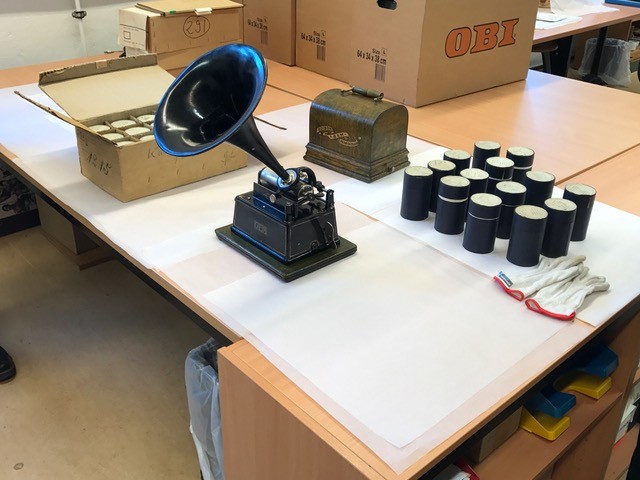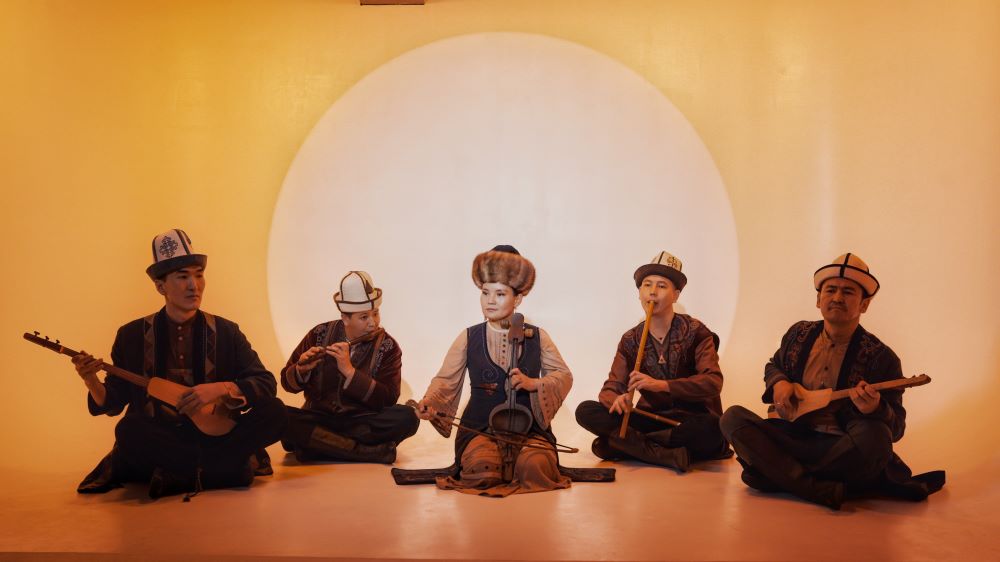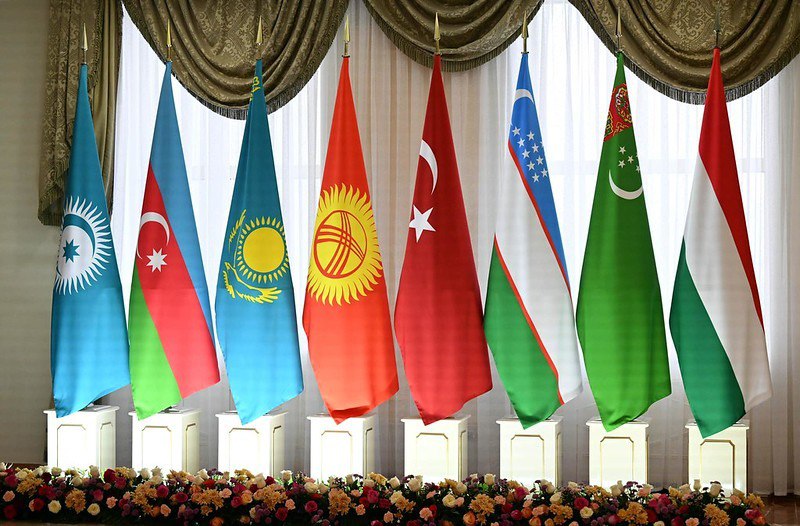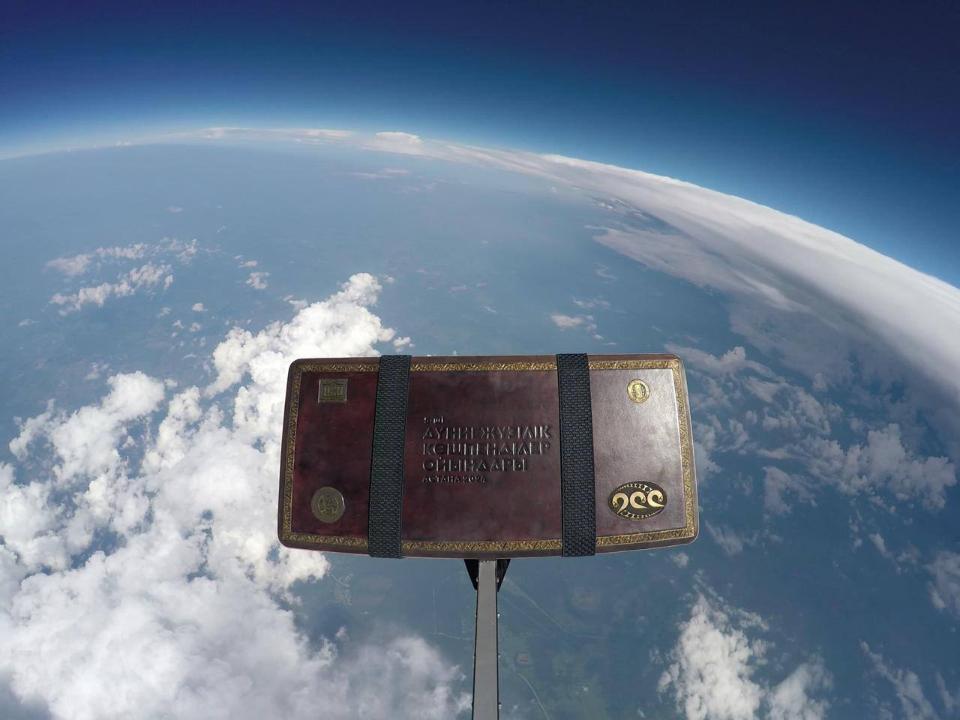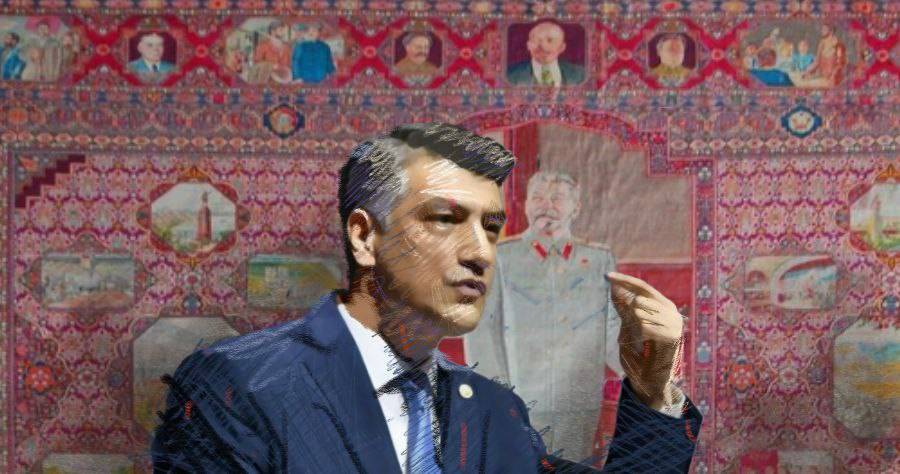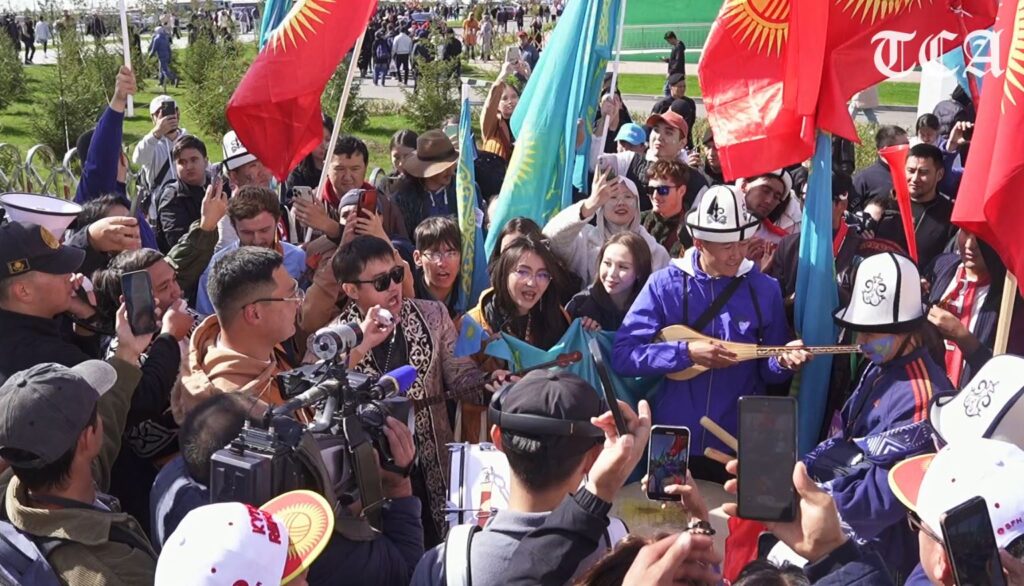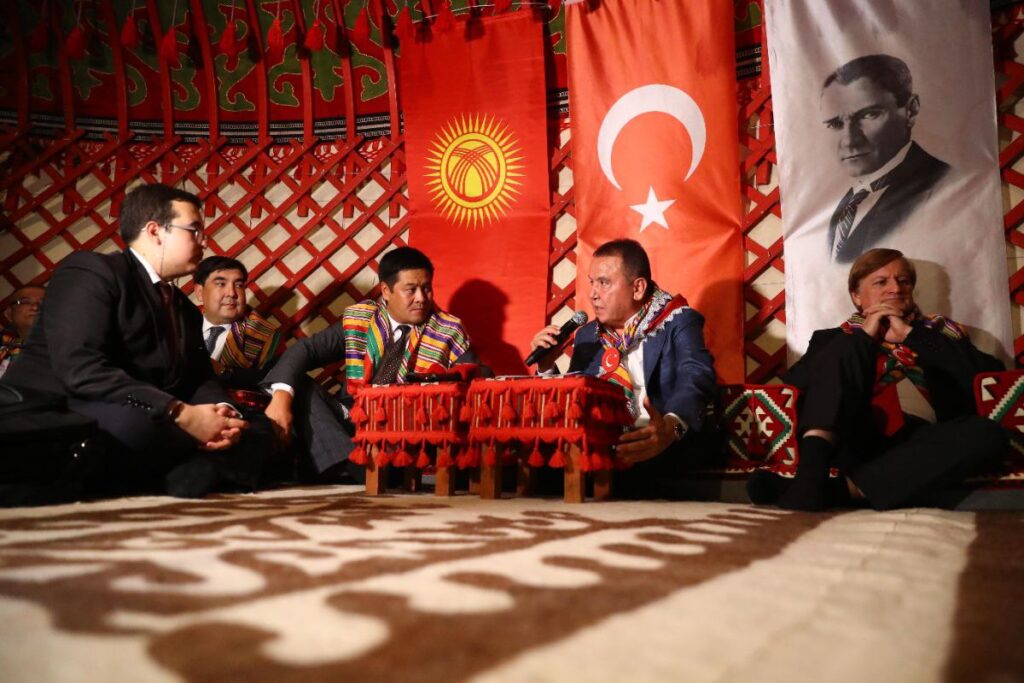It was long believed that the world’s first audio recording of Kazakh music was made in 1925 during the performance of singer, Amre Kashaubaev, at the Exposition Internationale des Arts Decoratifs et Industriels Modernes in France. However, the Berlin Museum of Visual Anthropology and Ethnology has recordings of Kazakh folk music, voices, and ritual chants, which were made in western Kazakhstan twenty years earlier.
These recordings were made during the Acoustic Era, when sound waves were still recorded through analog methods. In 1857, Frenchman, Édouard-Léon Scott de Martinville invented the so-called phonautograph. Three years later, the world’s first song was recorded. It was a French folk song, “By the Light of the Moon”. In 1877, Thomas Edison invented the phonograph. This invention could both record and playback audio and marked the start of the Acoustic Era. Later, in 1900, Carl Stumpf, a professor of psychology at the University of Berlin, established a phonogram archive in Berlin, where, at the same time, an orchestra from Thailand was touring. Stumpf recorded the Thai music, which was considered exotic to Europeans at that time. This recording became the first in the rich Ethnomusicology collection of the Ethnological Museum of Berlin.
These recordings were originally discovered at the Institute of Russian Literature, also known as Pushkin House, which is part of the network that is affiliated with the Russian Academy of Sciences. Dr. Efim Rezvan, a well-known scholar of Turkology, showed the TCA team the wax rollers – cylindrical wax containers that can be played using Edison’s phonograph. The first-ever audio recordings of Kazakh music were made using these devices. The German scientist Richard Karutz recorded them in the early 20th century when he organized an expedition to the steppes of Turkestan. As a result of his expedition, he wrote a book called Among the Kirghiz and Turkmens in Mangyshlak. During his expedition, Karutz took many photos and collected audio recordings of the local peoples’ art. In addition to his scientific research, Karutz pursued other goals; for instance, he wrote about the health benefits of tea, which the locals consumed in large quantities. He claimed that drinking tea in large quantities when the air temperature was over 40 degrees Celsius helped them to bear the heat. Karutz wrote that, “It is necessary for our troops to weigh the importance of tea consumption during summer maneuvers and campaigns.”
Richard Karutz was born into a mercantile family. In 1886, he went to study medicine at the University of Jena 1891. Completing his studies and receiving his doctorate in 1891, he then worked as a doctor aboard a ship. Whilst on working as a surgeon on a ship, Karutz traveled to South America and West Africa. After these trips, Karutz became interested in ethnography. In 1896, he was appointed head of the ethnographic collection of the Museum of Ethnology in Lübeck. Karutz enriched the museum’s collection with artifacts from his travels, and encouraged other merchants and travelers to bring items from other countries for the collection. The ethnographic collection of Lübeck became one of the largest in the world due to his activities.
In 1903 and 1909, he traveled to Turkestan and described the customs and arts of the Turkmen and the Kazakhs. His book, Among the Kirghiz and Turkmens in Mangyshlak was edited by Vasily Radlov, a famous ethnographer, archaeologist, and educator of German origin, and one of the pioneers of Turkic studies within the field of history. Karutz’s book consists of nine chapters that describe the lives of Kazakhs and Turkmen in the western region of modern Kazakhstan.
Karutz later became interested in Nazi ideology and became an ideologist of fascism.
Researchers at the Institute of Russian Literature explained to TCA that these wax rolls are copies of the original recordings, with the originals being housed at the Ethnological Museum of Berlin. These valuable exhibits were taken from Germany to St. Petersburg as trophies at the end of the Second World War. Only in the late 1950s were the originals returned to East Berlin, which at the time was the Soviet-controlled German Democratic Republic.
Now, the archive holds electrotyped copies of Karutz’s wax rolls which were made after the reunification of Germany. Making copies of wax rolls is a standard procedure, since wax is a fragile material and breaks down after just a few plays. A method was found to preserve the wax records, which uses electrotyping, a form of electroplating.
Now, all 16 recordings made by Karutz are available to researchers in Kazakhstan. Copies were deposited in the Republic of Kazakhstan’s Central State Archive of Film, Photo, and Sound Recordings. The researchers who studied the materials found that Karutz recorded many of the different peoples of Central Asia. Folk motifs, dance, and the melodies of religious rituals are all parts of these unique recordings. Specialists from the Kazakh Conservatory, chaired by Professor Saule Utegalieva, found Tatar songs among these. There are also Russian folk songs with the words changed to Kazakh. These recordings show the profound mutual influence of different cultures on each other. There is a recording of a man counting in Kazakh, indicating that the Kazakh language has remained practically unchanged despite a century of political turmoil and the adoption of three different alphabets (Arabic, Latin, Cyrillic).
